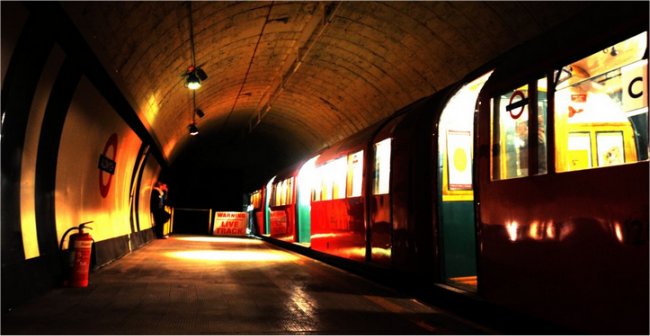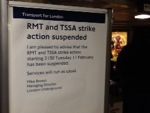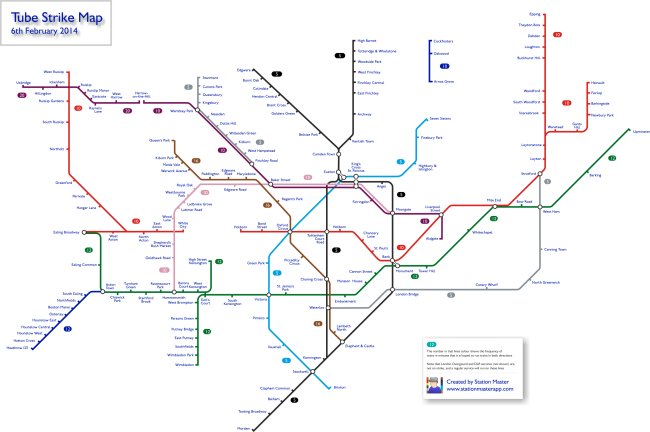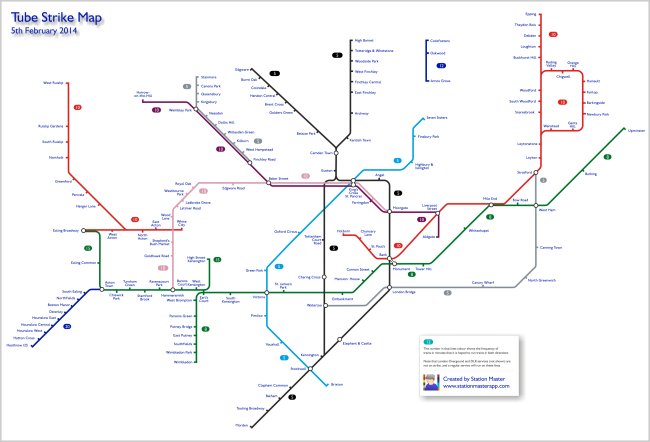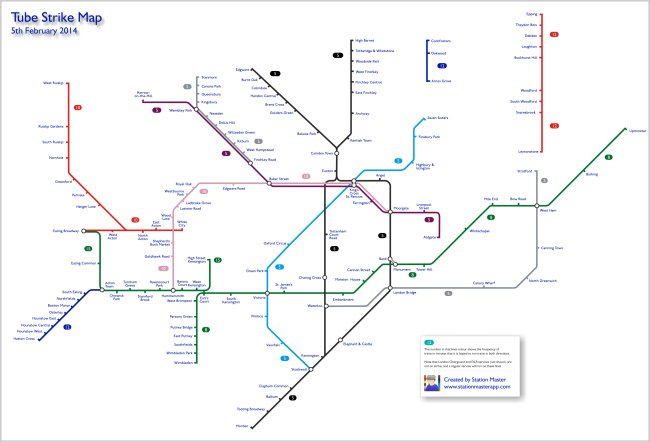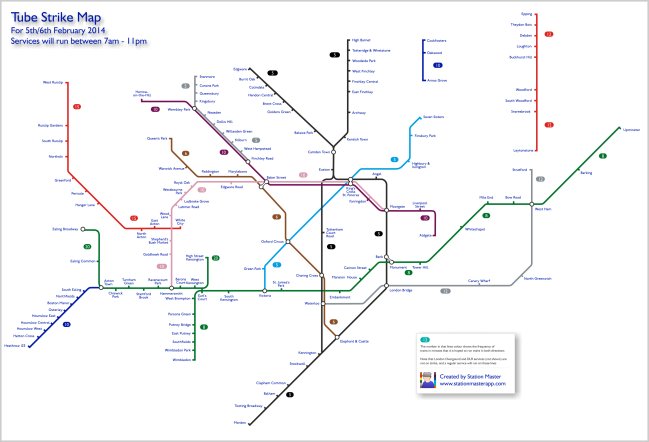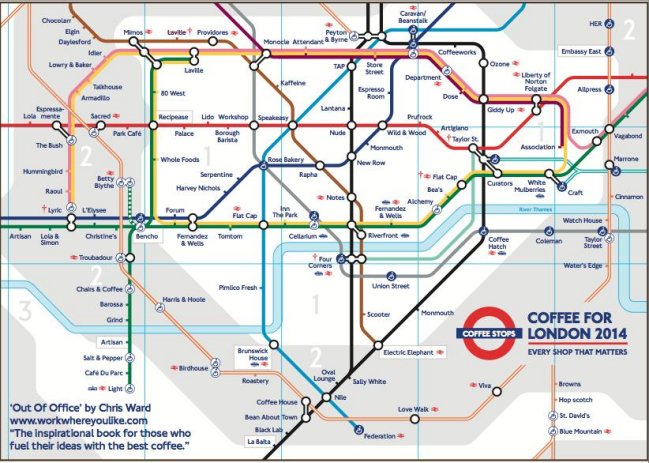This weekend we were lucky enough to be able to visit both sites of the new Bond Street Crossrail station that are currently under construction.
The new station will have two ticket halls, the western is at 65 Davies Street (behind the current Underground station) and the eastern is on the corner of Hanover Square and Tenterden Street.
From the 2nd floor of Crossrail’s offices next door we were able to get a birds-eye view over the Davies Street site:
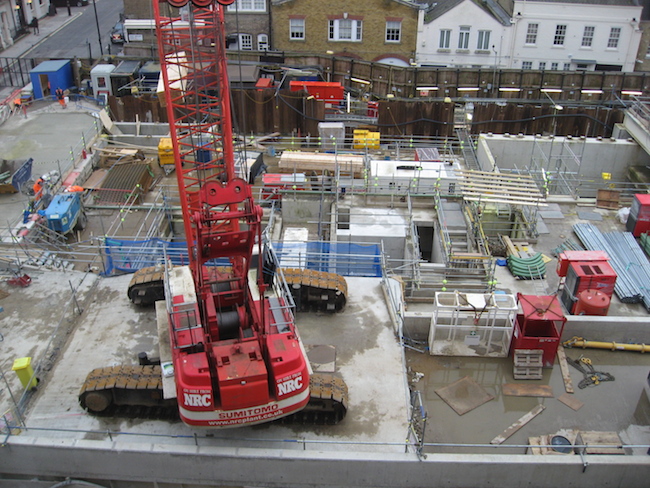
Bond Street Western Ticket Hall site.
The walls and excavation for the 25-metre deep ticket hall at Davies Street were completed by Costain Skanska Joint Venture (CSJV) last year and the site has now been handed over to Crossrail’s tunnelling contractor BFK who will construct the pedestrian access tunnels and station platforms. The site will then be handed back to CSJV who will complete the ground floor. Another developer will add further storeys to the building which will be clad in bronze.
The Bond Street platform tunnels were completed last year when tunnel boring machine “Phyliss” passed just to the south of the station box. This was followed by TBM “Ada” whose route went directly through the site of the (at the time unexcavated) station. BFK now have to mine from the station box to reach the southern platform tunnels.
This part of the station has been built directly over the Jubilee line and many controls were in place between CSJV, Crossrail and TfL to make sure that no damage could accidentally occur. The site will also be connected by a new pedestrian tunnel to the new Bond Street Underground station ticket hall and entrance on Marylebone Lane over the road north of Oxford Street, so you will be able to interchange with the Jubilee and Central lines here.
The two platform tunnels connect the Davies Street site to the Hanover Square site a short distance away. The platforms are 250 metres in length (the length of two and a half international football pitches) and each Crossrail train will have a capacity of 1,500 passengers. In fact, passenger flows in the station have been modelled in such a way that it can be evacuated in 7 minutes should two of these full trains completely empty one immediately after the other.
After viewing the Davies Street site, our group took a short walk to Bond Street itself, where behind an anonymous gate and building façade lies the Hanover Square site – we were able to get out onto a small roof there and look down onto the site:
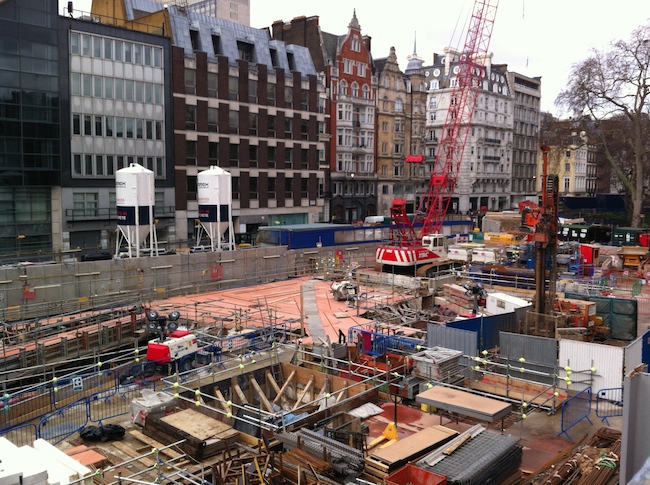
Bond Street Crossrail Eastern Ticket Hall site.
Unlike at the Davies Street site which will be linked to Bond Street Underground station, despite its proximity to Oxford Circus Underground station, there will not be any link here. This is deliberate as Oxford Circus station is one of the busiest. It would also make the site into one huge station complex and make it unmanageable as far as evacuations are concerned.
At the Hanover Square site we were also able to see one of the “grout shafts”:
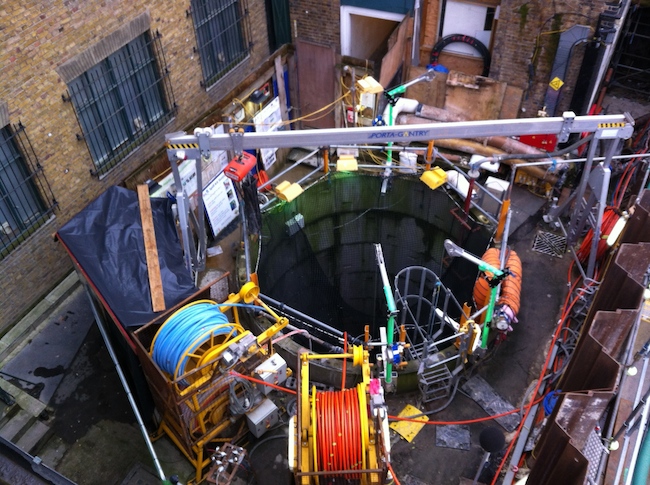
Bond Street Crossrail Grout Shaft
There are five of these shafts dotted around the sites with bores spreading radially out into the surrounding area. Should movement of buildings be detected then grout, (concrete without the aggregate), can be pumped into the ground to stabilise it. Movement is checked for automatically every seven minutes by remote control. Crossrail have seen movement of only 23mm which is well inside their allowed tolerances.
Work is progressing well at Bond Street and Crossrail say “We’re half way there”. Services in the central tunnel section are not due to open until December 2018 (pretty much 5 whole years away) and there will be a year of testing once all the infrastructure is complete in 2017.
The cost of the whole project? £14.8 billion, of which The Exchequer, TfL and Private companies are contributing one third each.
We’ll also be visiting the Crossrail Liverpool Street and Farringdon sites later on in February too.
